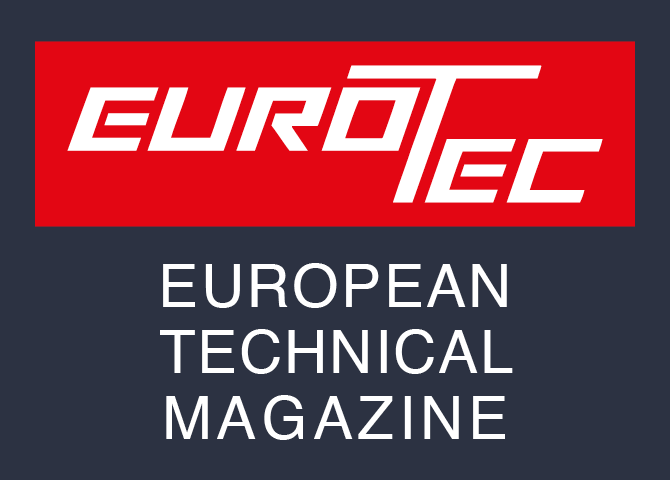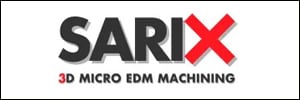As machine tools are taking steps forward in the machining of small parts, so cutting tools are evolving to provide the performance needed for high utilization of machine capability. The last few years has seen a number of tool concepts being introduced, making the machining of small parts in sliding head machines more competitive. A manufacturing area where saving seconds in both cycle and down times is vital to competitiveness.

The manufacture of small components is dominated by the workpiece diameter-range 0.5 to 32 mm, where the machining zones of the highly efficient sliding-head automatics are a lot more compact than in other machine tools. This requires set-ups and tools to be dedicated to suit the limited access for cutting, movement, adjustment and changing of tooling. Various new tool concepts have come to make this area a lot more efficient. Sandvik Coromant presents several news at Siams.
Small part machining In parallel with developments in machinery, new tool technology has resulted in improved machining of the many different materials, minimizing cycle and down-times, reducing tool inventor, providing good safe chip control and security for unattended machining, and maintaining the required quality levels during predictable tool-lives.
Targeted use of high-precision coolant… …has been developed continually for some time in machining, but is now also being evolved for small-part machining as an option of the new QS holding system. This system contributes to the utilization rate of sliding head machines through faster tool changes in existing tool posts. Simplified secure tool clamping reduces time for indexing through quick clamping, positioning and release of toolholder. QS-HP combines efficient tool holding with machining using high-precision coolant jets, thereby opening up a new perspective for machining demanding materials, in sliding head machines. QS-HP has three jets that affect how the generated heat is distributed, the amount of tool wear, how chips are formed, and the amount of smearing of work piece material on the cutting edge. The jets also shorten the contact length between chip and rake face which means that tool-life, chip control, component quality and productivity is improved.
New technology for thread whirling… …boosts performance in small part machining. The growing need for long, slender screws in high-performance metals is putting pressure on manufacturing when involving the generation of threads. This is especially the case for suppliers within the medical industry where items such as bone screws are machined to ever increasing volumes. Additionally, other small parts and various screws for transmitting motion can be included in this growth trend.
Cutting off bar material, grooving and turning… …are part of all small-part machining and consequently important operations to be improved. There are now high-performance solutions established for this area within the CoroCut program which can be selected to optimize any application. CoroCut-2 and -3 and -XS tools have been specially developed to meet the criteria of today’s sliding head operations, and to suit increasing variations in diameter
And much more… Is to be seen at Siams on the Sandvik booth till tomorrow evening.






















